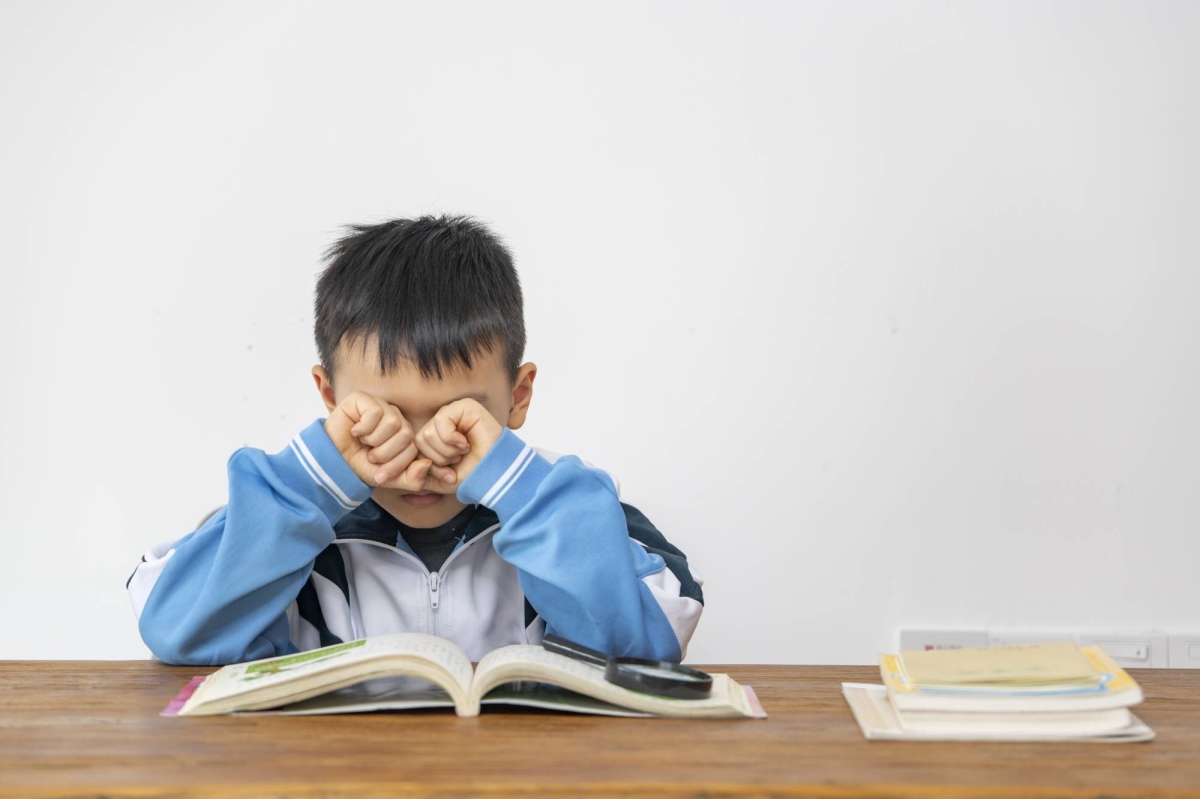Understanding the School Bully Phenomenon Today
School bully incidents rarely unfold in isolation; they thrive when silence, confusion, or a lack of clear policy lets aggression spread unchecked. At its core, a school bully exerts power—physical strength, social leverage, or digital reach—to intimidate peers. In 2025, educators recognise bullying as a spectrum: from old-fashioned playground shoves to whisper campaigns on class WhatsApp groups. Global surveys still place prevalence around one in three students, but regions with sustained, whole-school prevention programmes have cut that rate nearly in half.

Research shows three common threads weave through most cases of school bully behaviour: an imbalance of power, repeated or likely-to-repeat actions, and the intent to cause harm. Understanding these threads matters because interventions targeting only the surface (for example, punishing a single fight) miss the underlying social currents that keep bullying alive.
Schools that tame the school bully scourge share two attributes. First, adults use the same language to label what is and isn’t acceptable—students hear identical definitions from the principal, the canteen auntie, and the PE coach. Second, students feel safe enough to report even “small” incidents before patterns form. The earlier a trained adult can intervene, the less likely the behaviour hardens into a cycle of victimisation and retaliation.
What Constitutes School Bullying?
Not every playground disagreement is bullying. Experts define school bullying as deliberate, sustained mistreatment where the perpetrator holds more power—physical strength, social capital, or tech savvy—than the target. Key markers include repetition, intent, and imbalance. Labelling behaviour correctly prevents over-disciplining harmless conflicts while ensuring no true school bully slips through cracks.
Types of School Bullying: Physical, Verbal, Social & Cyber
- Physical – hitting, tripping, damaging belongings.
- Verbal – name-calling, insults, threats.
- Social/Relational – exclusion from groups, spreading rumours.
- Cyber-bullying – nasty memes, doxxing, group-chat pile-ons.
Emerging research suggests cyber incidents, although less visible, can inflict trauma equal to face-to-face aggression because screenshots linger long after recess ends.
Root Causes Behind a School Bully’s Behaviour
Behind most aggressive acts lies unmet need—poor impulse control, desire for status, or modelling of harsh adult conflict at home. Addressing these root causes with counselling and social-emotional curricula transforms would-be bullies into allies and decreases recidivism far better than punishment alone.
Impact of School Bully on Students and Community
Persistent exposure to a school bully raises cortisol levels in victims, crippling concentration and memory. Short-term effects include headaches, sleep problems, and dropping grades. Long-term consequences range from chronic anxiety to clinical depression and even suicidal ideation. Classrooms marred by bullying also see bystanders disengage; learning climate deteriorates for everyone, not just direct targets. Whole-school well-being programmes reveal a measurable uptick in test scores once bullying declines, underscoring the academic price of ignoring the problem.
Short-Term Emotional Effects
Victims commonly report stomach aches, fear of attending class, and sharp mood swings. Teachers might misinterpret these as discipline issues, so training is critical.
Long-Term Academic & Mental-Health Consequences
Data links being targeted by a school bully before age ten with a 40 % higher risk of adult anxiety disorders. Academically, bullied students are three times more likely to drop out of secondary school, underlining the generational stakes.
7 Actionable Strategies Parents & Educators Can Implement Now
Below are evidence-backed methods any school can adopt this semester. Each tactic dovetails with MOE guidelines and international best practices.
1. Foster an Inclusive Classroom Culture
Children mimic adult respect. Teachers can open the year by co-creating class charters where students list behaviours that make everyone feel safe. Display these agreements on the wall and revisit monthly.
Practical Activities for Primary Schools
- “Kindness Bingo” where pupils score squares for acts of inclusion.
- Rotating “buddy benches” during recess to ensure no child eats alone.
2. Establish Clear Anti-Bullying Policies
Policy turns ideals into enforceable standards. Publish the definition of a school bully, outline reporting channels, and state tiered consequences. Parents should sign acknowledgement forms so home and school speak with one voice.
3. Teach Empathy & Social-Emotional Skills
Weekly SEL lessons cut bullying rates up to 28 %. Role-play scenarios, reflective journaling, and perspective-taking games help students feel the emotional weight of harmful actions.
4. Encourage Bystander Intervention Safely
Most bullying stops within ten seconds when peers intervene. Train students to use the 3 D’s: Direct, Distract, Delegate—simple, memorisable steps even seven-year-olds grasp.
5. Strengthen Digital Literacy to Combat Cyber-Bullying
Include modules on privacy settings, screenshot etiquette, and digital footprints. Celebrate “Device-Free Fridays” to practice face-to-face empathy.
6. Provide Accessible Counselling & Support Systems
School counsellors must be visible. Place self-referral boxes in corridors and promote helplines such as Tinkle Friend for younger children.
7. Collaborate with Community & Law Enforcement
Link arms with local youth centres, mental-health NGOs, and if needed the police Youth Engagement Team. A united front ensures no severe case slips past jurisdictional gaps.
How Students Can Stand Up to a School Bully Safely
Empowering targets restores agency. Teach assertive “I” statements: “I don’t like that. Stop.” Coach them to keep body posture tall and voice clear—confidence deters many bullies seeking easy prey.
Assertive Communication Techniques
Role-play in pairs; reward attempts, not perfection. Practise making eye contact, naming the behaviour, and stating a boundary.
Seeking Help Without Stigma
Normalize help-seeking by celebrating it publicly. Display posters that read, “Strong kids ask for help.” Peer-support clubs led by trained seniors counter the myth that tattling is weak.
Legal Framework & Rights: Singapore Perspective
Under the Protection from Harassment Act (POHA), severe bullying—including cyber-harassment—can trigger Protection Orders and criminal penalties. MOE’s 2024 Guidelines require every school to record incidents in a central database and notify parents within 24 hours. Knowing these rights equips families to escalate persistent cases appropriately.
POHA, MOE Guidelines & More
- POHA (2014, amended 2021): Covers online and offline harassment.
- MOE School-Wide Approach (SWA): Mandates restorative practices before punitive steps.
- SCDF Fire Safety & Evacuation Rules: Occasionally intersect with bullying when threats involve arson or violence.
Frequently Asked Questions about School Bully
| Question | Answer |
|---|---|
| What is the first thing a parent should do if their child faces a school bully? | Collect facts calmly, then email the form teacher and counsellor the same day. Written records create accountability. |
| Can schools discipline bullying that happens after hours on social media? | Yes. MOE allows schools to act if off-campus behaviour disrupts learning climate. |
| How can I tell normal teasing from real bullying? | Look for repetition, power imbalance, and intent to harm. If your child feels unsafe, treat it seriously. |
| Is mediation better than punishment for a school bully? | Research favours restorative mediation plus clear consequences; neither works well alone. |
| Does transferring schools solve the problem? | Sometimes, but without counselling the trauma and the bully’s behaviour persist elsewhere. |
| Where can I find more resources? | Visit StopBullying.gov for evidence-based toolkits and helplines. |
Conclusion: Building a Future Free from School Bully
Eradicating the school bully culture isn’t a dream; it’s a daily practice of empathy, policy, and courage. When students feel safe, they blossom academically and socially, multiplying the benefits across entire communities. By acting on the seven strategies above—grounded in clear laws, robust data, and human compassion—families and educators can turn every classroom in 2025 into a beacon of respect where the term school bully fades into history.
